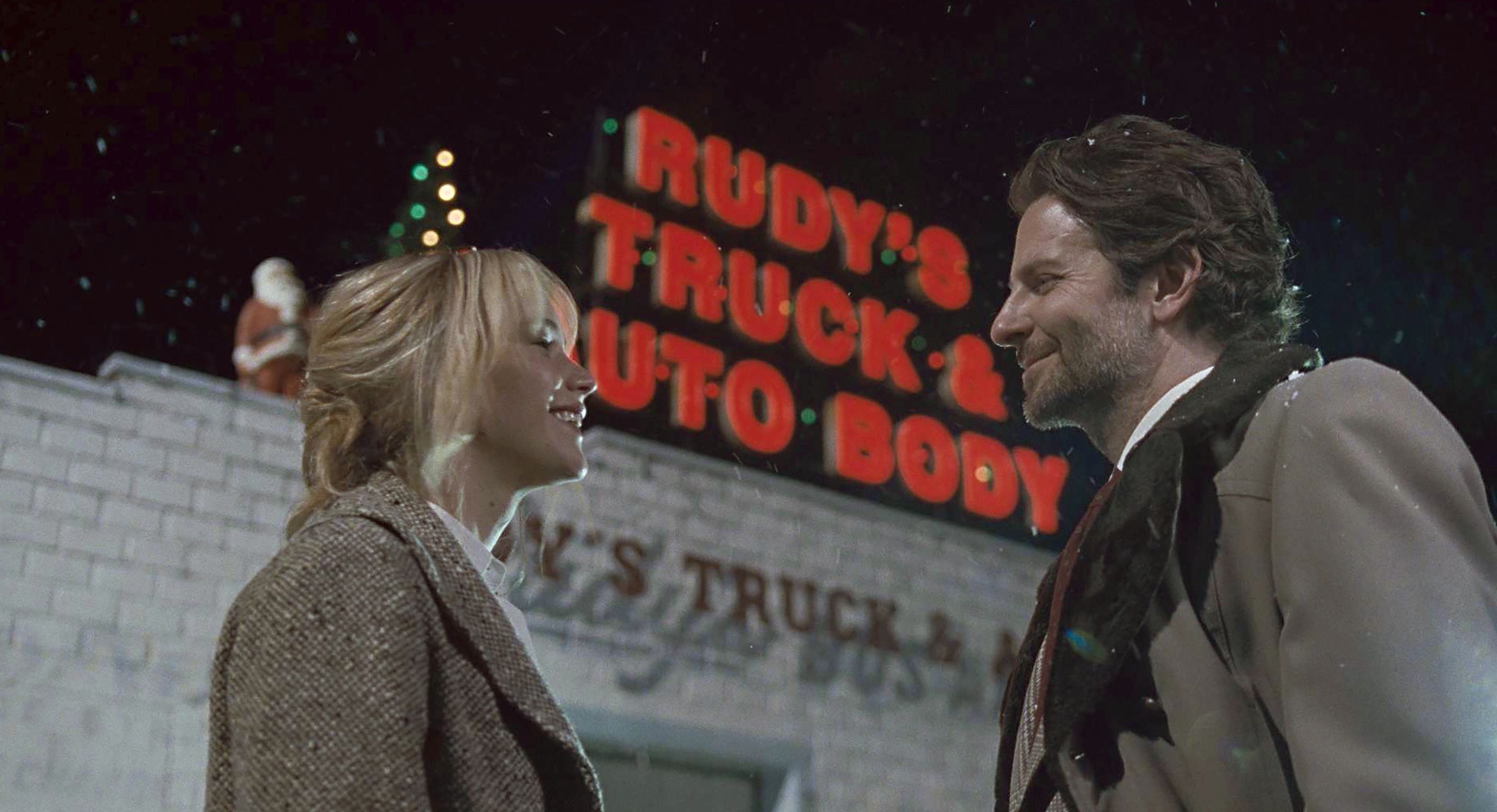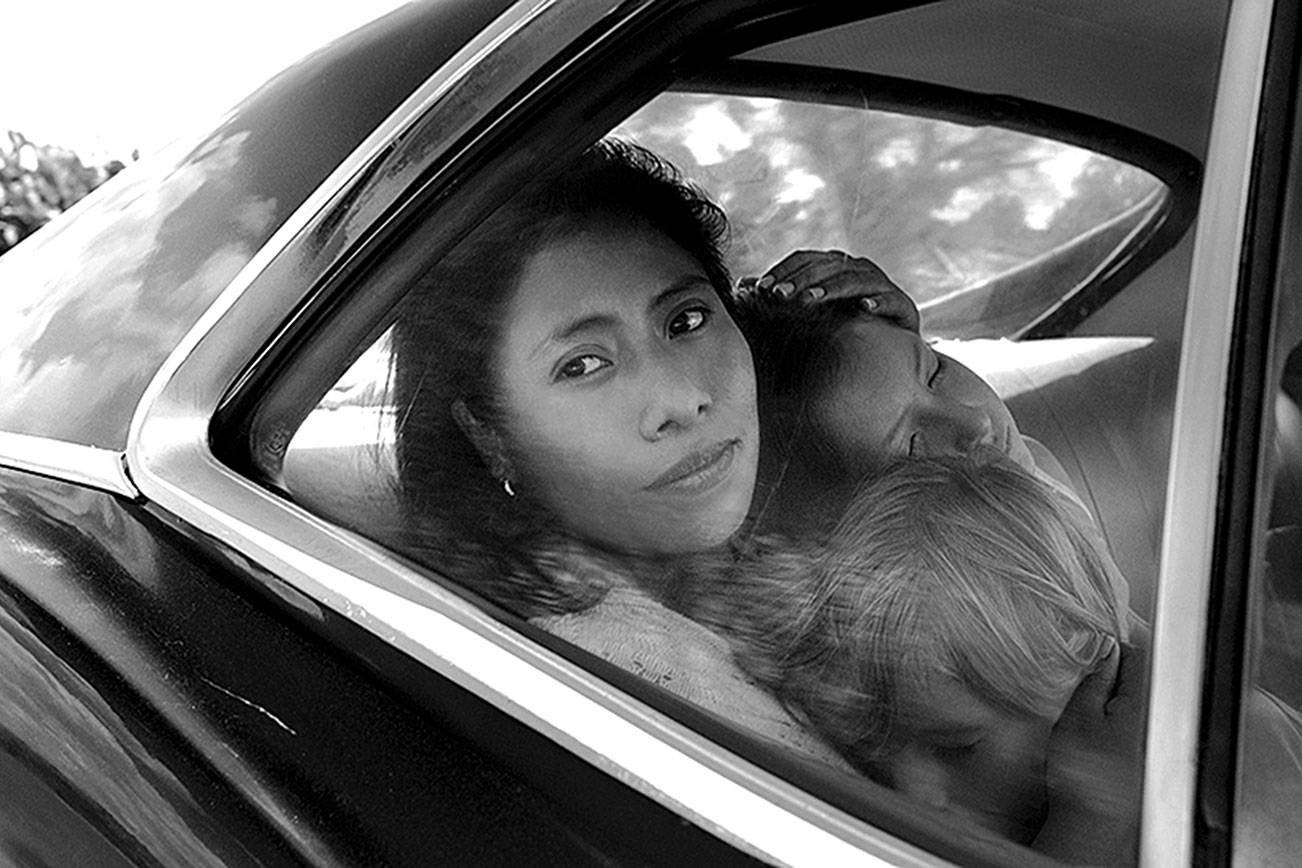COMING SOON to a theater near you: The Towering Inferno. Also, Big Bad Mama, Mr. Majesty, The Trial of Billy Jack, and McQ.
That was the situation a quarter-century ago in Seattle, nominally the year our venerable Landmark/Seven Gables theater chain was founded. In fact, any local film buff will quickly tell you that the Seven Gables was established earlier, but this is the year its parent company, Landmark, celebrates its 25th anniversary.
So it’s a somewhat arbitrary but fine time to take a look back at the local film scene and consider how much it’s changed. In a way, LSG’s company history is our local filmgoing history. Before sex, lies and videotape, before The Crying Game, before Pulp Fiction or Clerks, festival-driven indie film simply didn’t exist. In 1974, “art house cinema” meant foreign movies and revivals of grand old Hollywood classics. More importantly, Jaws hadn’t yet been released on its history-making 2,500-plus screens, changing movie economics forever. A weakened Hollywood was still beleaguered by TV and the federal antitrust decrees of the ’50s.
Too many books have been written about how this studio lassitude permitted a brief flowering of American cinema from baby boomer heroes like Coppola, Scorsese, and Altman, but what did it really mean for moviegoers here in the Northwest? Good movies are no good to anyone without a place to see them, a fact cannily exploited by Randy Finley, a film-loving 28-year-old who in 1970 opened the U District’s Movie House (the Grand Illusion today). A shrewd entrepreneur and showman, he was clearly the right man for the times, when campus film societies and early cinema studies courses had created an avid, educated Seattle art film audience.
Many local industry figures got their start at the Movie House, including Nick Collecchi, LSG’s friendly local marketing rep, who explains that the tiny theater was a former dentist’s office. And inside it was “just as cramped and uncomfortable as a dentist’s office,” laughs the former projectionist. Yet somehow Finley made money. Landmark’s veteran booker Ruth Hayler, the doyenne of the Seattle film scene, recalls him proclaiming, “I don’t play art films. I play good films.”
FINLEY HAD A KNACK for buying up distressed, low-cost theaters from owners eager to sell, since movie exhibition—always a tough business, then as now—was particularly unrewarding in the early ’70s. (The Boeing crisis made matters even worse.) By 1974 he’d built his empire into about a half-dozen theaters, a chain collectively known as the Seven Gables when he opened that theater in 1976.
How did Finley finance his constant acquisitions? Collecchi cites the profits on screen, those stalwart titles guaranteed to make money. So what were they showing? He recalls King of Hearts (Finley owned the lucrative rights), Harold and Maude, The Tall Blond Man with One Black Shoe, and The Harder They Come as surefire ’70s moneymakers. 35mm prints were undervalued assets then—before the VCR era made studio libraries virtual gold mines—renting for as little as $50 a week! Finley’s own Specialty Films distribution company further helped boost revenues.
Meanwhile, California-based Landmark purchased the competing Harvard Exit, the crown jewel of Seattle’s rep film scene, in 1976. Now with a financial partner, Finley bought still more local theaters. He was riding high with hits like The Stunt Man, The Black Stallion, and Chariots of Fire until he filed a 1984 federal antitrust suit against rival distributors, eventually winning $6.6 million but making himself an industry pariah in the process. He and a partner unloaded the chain for roughly $4 million in 1986, and in 1989 the Seven Gables was sold again, to Landmark. (Finley has since retired from the movies and now owns the Mount Baker Vineyards near Bellingham.)
THEN CAME VIDEOTAPE. Everyone blames the early ’80s VCR boom for the demise of classic art house programming, since everything became rentable at video stores—creating what Collecchi calls the “it’s-always-there” attitude of moviegoers. Suddenly, he says wistfully, our Seattle film climate was “just not the same as it used to be,” as traditional fare was “taken for granted.” LSG’s national marketing VP Cary Jones explains that the company “took some huge hits” as a result, necessitating more first-run films and the development of multiplexes like the Metro and Broadway Market.
Today, LSG operates 28 screens at nine Seattle theaters, but who’s going to them? Jones concedes that “the audience for foreign language films has matured,” i.e., gotten older. The affluent, graying baby boomers who once flocked to Bergman or Fellini or Kurosawa shows are now often too busy or too burdened with careers, mortgages, and kids to catch such films in theaters. “It’s tremendously important to create excitement in younger filmgoers,” Jones says, pointing to the success of Run Lola Run as a welcome exception to current market trends. Collecchi describes this Generation Y audience as being “exceptionally literate about stuff in the last five years.” That’s precisely because they’re VCR babies, accustomed to watching the same movie over and over again.
So while older filmgoers may shake their heads in dismay at the relentlessly jokey, ironic, and self-referential tone of Tarantino-era indie filmmaking, the success of the Scream franchise doesn’t necessarily signal the decline of Western civilization. Instead, those slasher films’ endless references, riffs, and quotations reward the intertextual intelligence of the MTV generation. In other words, movies comment upon movies, but in a broader, media hall-of-mirrors atmosphere that necessarily includes TV and every aspect of pop culture. So don’t blame the kids.
TOO MANY CHOICES are a more direct cause of our diminished local art house cinema. Unlike 25 years ago, there’s always something on—on TV, on cable, on the satellite dish, on the Web, on the Gameboy, on the shelf at Scarecrow. Back then, when Amarcord came to town, it was an event. It stood out. It was—before the term was coined—alternative. On an otherwise dull Friday night you could go see Airport 1975 at Northgate or you could check out Pasolini’s Arabian Nights—all the more attractive for being slightly risqu鮠It could be a date film. It could be a disaster. But it was the only alternative playing, and you had no idea when it might return.
By contrast, Nick Collecchi laments, today “there’s no urgency” to see a special film, since our glutted marketplace has rendered it mundane. “There’s just more mediocre movies,” says Hayler, “and they’re all clamoring for attention.” If a pleasant-but-undistinguished title like The Grandfather craps out at the box office, a dozen films are waiting to take its screen. “It’s a Darwinian process,” says LSG’s Jones from LA, since movies now typically play short and wide (on many screens) as opposed to the year-long single-screen runs of yore. Additionally, film producers are generally in a hurry to get their wares to videotape—where they stand to make more money than at theaters.
It’s axiomatic that movie exhibitors are in the soda and popcorn business, where their margins are fattest. But an important distinction remains between bottom-line multiplex thinking and the embattled art film business. LSG counts Seattle as the third or fourth biggest market in its 52-theater chain and is actually planning to expand into Chicago and New York. Clearly art house cinema isn’t dead, even as the term is redefined and age-adjusted. LSG’s welcoming-lobby-and-comfy-chair image is one reason the Seven Gables moniker has been maintained in this market. The friendly continuity of veteran staffers is another. Long after Randy Finley, the Seven Gables has brand value that seems likely to endure another quarter-century—regardless of what’s playing then. Who knows—The Towering Inferno might yet be considered a classic.








